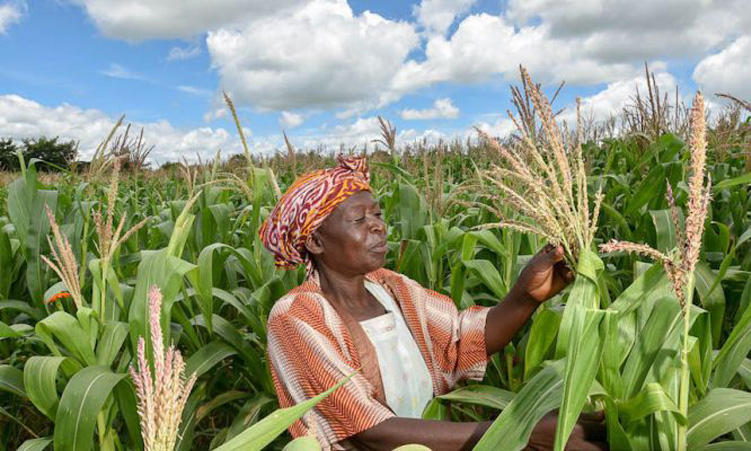SITUATED IN SOUTHWESTERN Africa, Namibia has dry and semi-arid weather conditions.
The country experiences a wide range of precipitation patterns, with an average annual rainfall of approxi-mately 270 millimetres.
Annual rainfall in the southern sections is less than 100 millimetres, while that in the northern regions could exceed 600 millimetres.
Since agriculture is vital to the economy and food security of Namibia, this climate fluctuation presents considerable difficulties to the sector. In such a tough environment, water storage tanks in Namibia have become critical to Namibian agricultural sustainability and production.
Climate and Farming Conditions in Namibia
Namibia’s climate is characterised by desert and semi-arid conditions, with the Namib Desert on the coast and the Kalahari Desert to the east.
These places have high temperatures and long periods of drought. The rainy season is brief, lasting normally from November to April, and even during this time, rainfall is unpredictable and frequently insufficient.
Consequently, the principal agricultural activities of Namibia involve cattle husbandry and drought-resistant crop production.
The farming circumstances are exacerbated by the poor quality of soil in many areas, which is frequently sandy and deficient in nutrients.
Traditional rain-fed agriculture is extremely dangerous due to unpredictable weather patterns. Irrigation becomes an essential component for crop life and growth.
However, given the scarcity of natural water sources such as rivers and lakes, creative methods are required to properly manage and store water.
Agricultural Solutions Provided by Water Tanks
Water storage tanks offer several agricultural solutions that contributes greatly to the success and sustainability of farms in Namibia.
Rainwater Harvesting and Storage: Water tanks help farmers to collect and store rainwater throughout the rainy season, which can then be used during dry spells to ensure crops have enough water throughout the year.
Efficient Water Management: By storing water, farmers can control the distribution and timing of water use, ensuring that crops get water when they need it most. This is particularly important for high-value crops that need constant moisture levels.
Livestock Support: In addition to crop irrigation, water tanks give a reliable water source for live-stock. Water shortage during dry years can cause substantial losses in cattle, which is a major source of income for many farmers in Namibia.
Water tanks serve as a barrier against the negative consequences of climate change. They offer a way to minimise the effects of droughts, which have become more frequent and severe as a result of global warming. Farmers that have water storage technologies in place are better prepared to deal with periods of water constraint.
Enhanced Agricultural Productivity: With consistent access to water, farmers can engage in more intense and diverse agricultural methods. They can cultivate a broader range of crops, including some that require more water but yield larger economic benefits. Diversification can improve food security and increase revenues in rural communities.
Importance of Water Tanks for Namibia’s Farms
The importance of water storage tanks in Namibia cannot be stressed enough. They are essential in tackling the core water scarcity issue.
These tanks allow farmers to develop and implement more productive agricultural methods because they provide a consistent and predictable water source. This improves crop yields and livestock output and helps strengthen the agricultural industry.
Water tanks are a more cost-effective choice than other irrigation methods. They are generally simple to construct and maintain, making them accessible to smallholder farmers who may lack the funds to invest in more complex irrigation infrastructure.
Governments and non-governmental organisations have recognised this and are increasingly promoting the installation of water tanks in rural regions as part of larger water management and agricultural development initiatives.
Contact Abeco for a detailed consultation on how our water tanks will help you make the most of your available water.
Stay informed with The Namibian – your source for credible journalism. Get in-depth reporting and opinions for
only N$85 a month. Invest in journalism, invest in democracy –
Subscribe Now!










